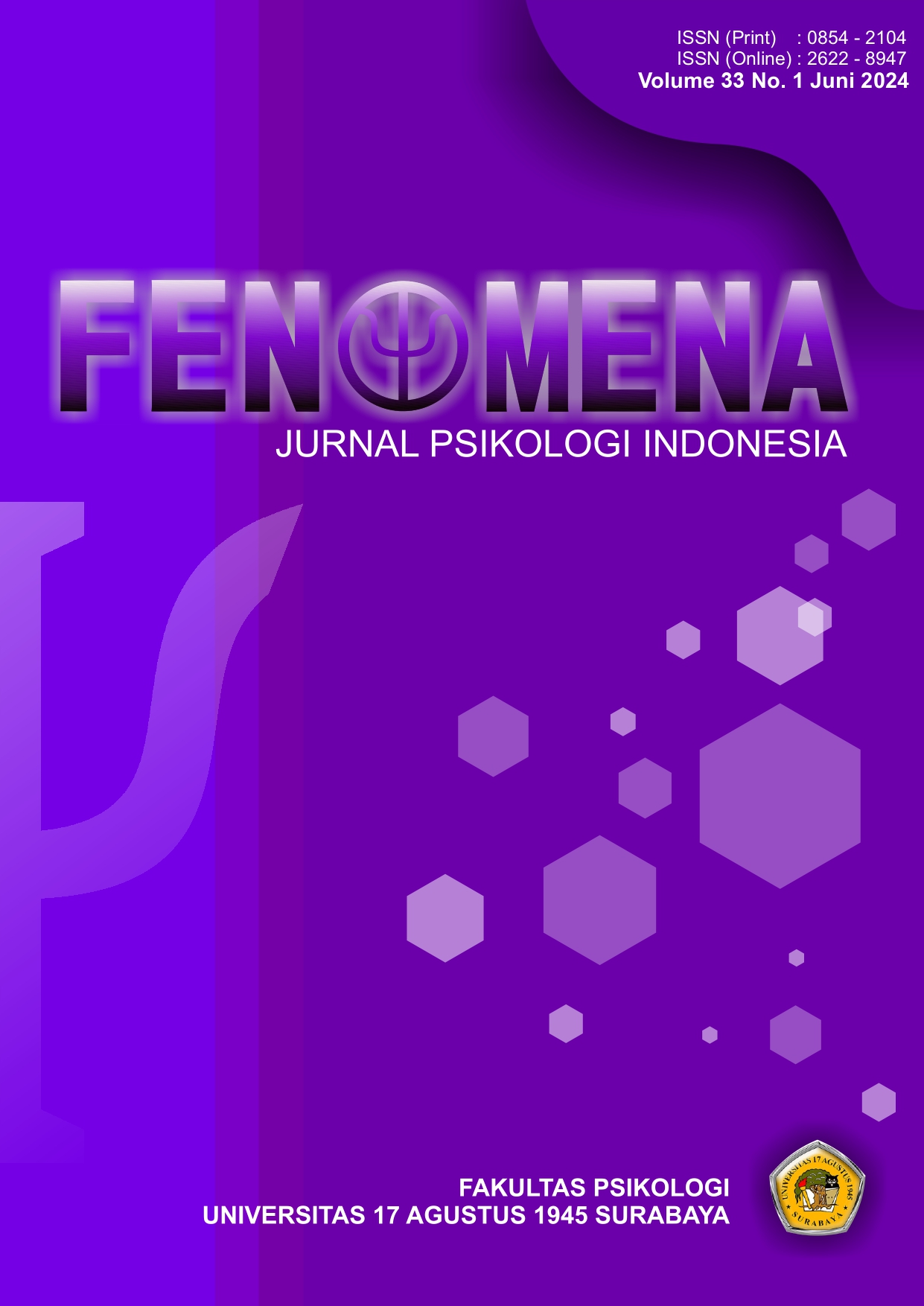Work Engagement pada Anggota Kepolisian: Bagaimana Peranan Iklim Organisasi dan Psychologicall Well Being?
DOI:
https://doi.org/10.30996/fn.v33i1.10709Keywords:
Organizational Climate; Psychological Well Being; Work Engagement; PoliceAbstract
This research aims to determine the relationship between organizational climate variables and psychological well-being with work engagement among police officers at Polrestabes. This research used quantitative methods with a total of 170 respondents. Sampling in this research used random sampling techniques. This research method uses a quantitative approach with survey methods and data collection through questionnaires distributed to police officers. Statistical analysis, including regression, will be used to identify and evaluate relationships between variables. It is hoped that the implications of this research finding can contribute to the development of more effective human resource management strategies in the police environment, by paying attention to aspects that influence the organizational climate, psychological well-being and work engagement of police officers. Based on the results of data analysis, it can be concluded that although the Work Engagement data is not normally distributed, the analysis was carried out by choosing a non-parametric approach. The results show that there is a linear relationship between Work Engagement and Organizational Climate and Psychological Well Being. The Spearman rank test confirms that there is a significant relationship between Organizational Climate and Psychological Well Being and Work Engagement. These findings provide an important contribution to the understanding of the factors that influence the level of Work Engagement in the work environment, especially in the members of the Surabaya Police.
Downloads
Downloads
Published
Issue
Section
License
Authors retain copyright and grant the journal right of first publication with the work simultaneously licensed under a Creative Commons Attribution 4.0 International License that allows others to share the work with an acknowledgment of the work's authorship and initial publication in this journal.






